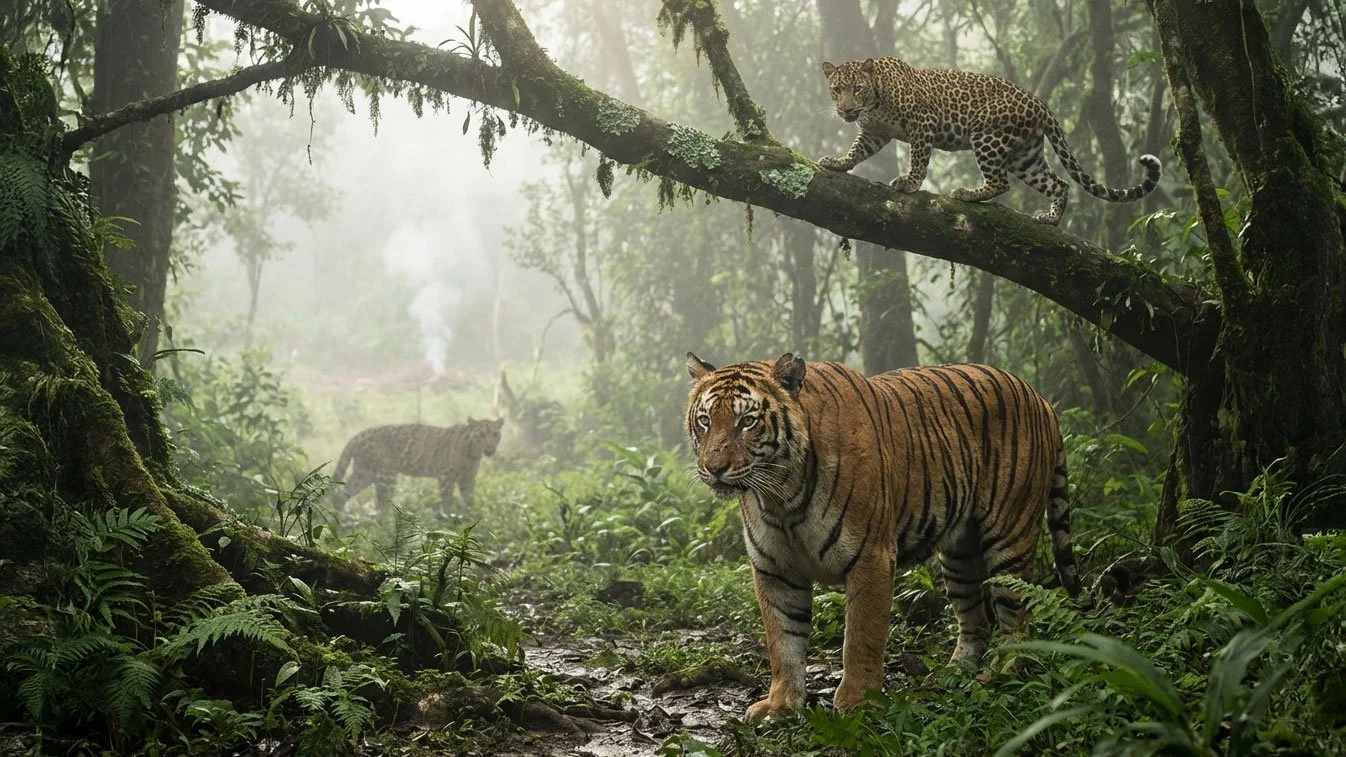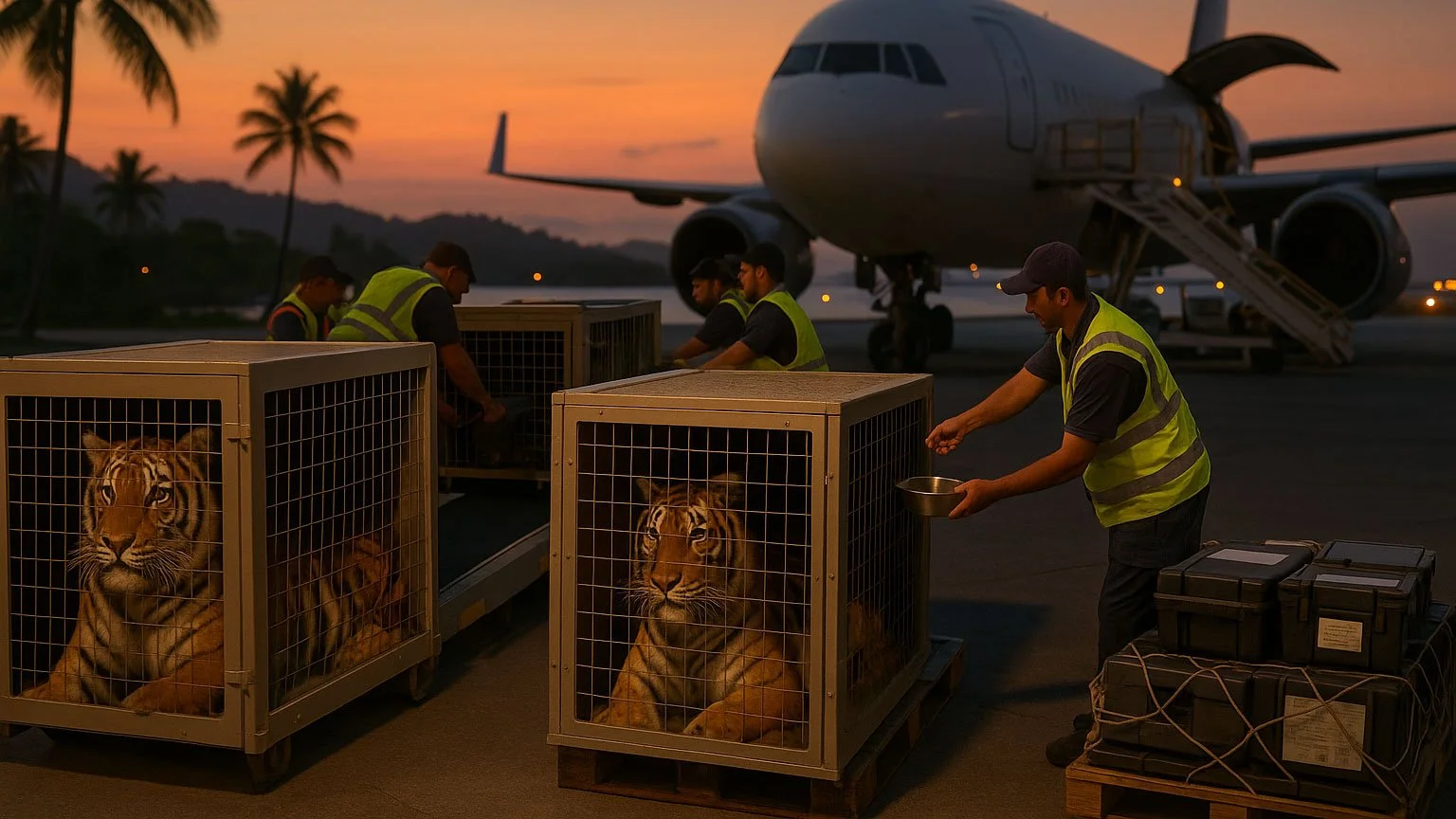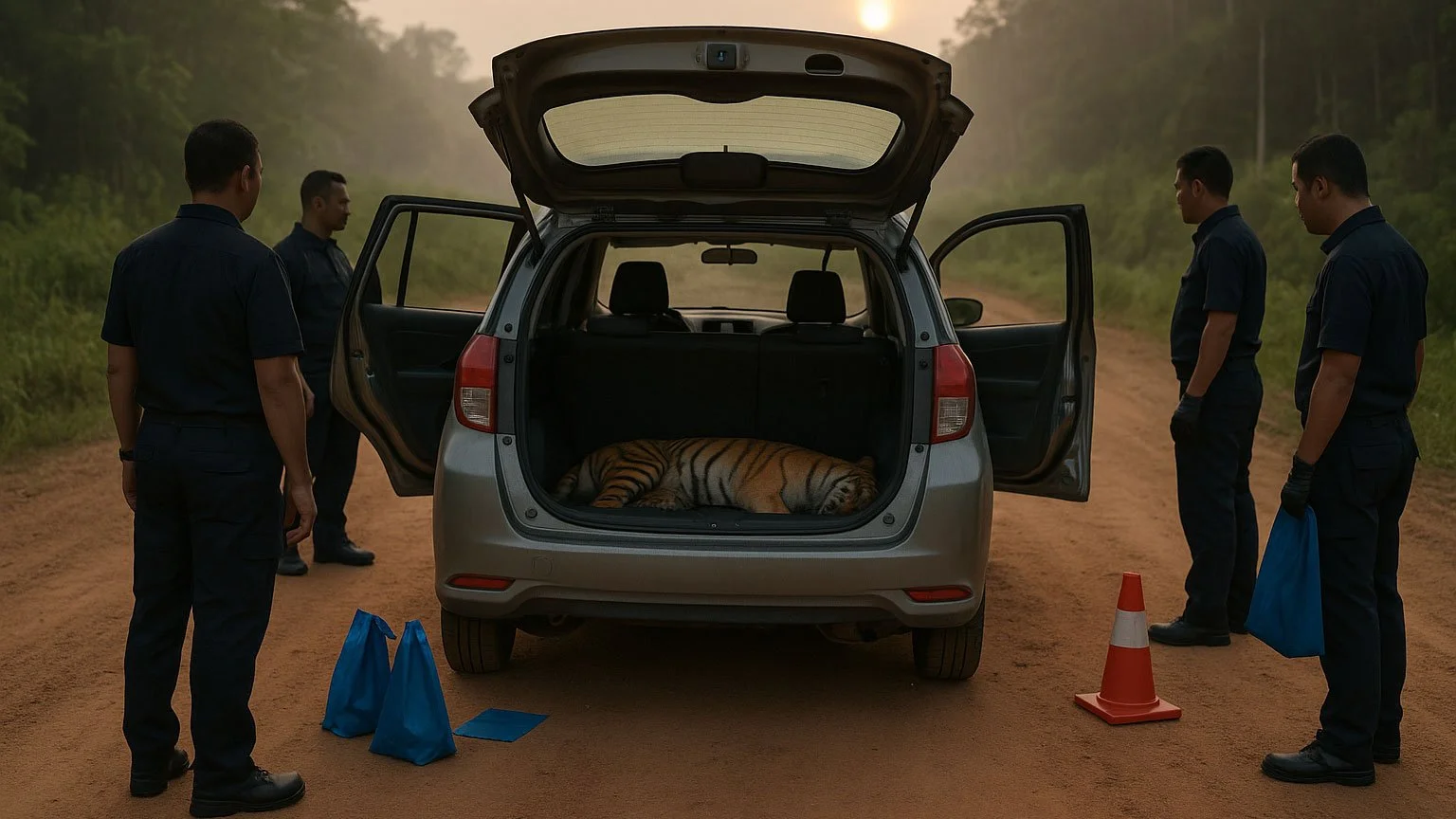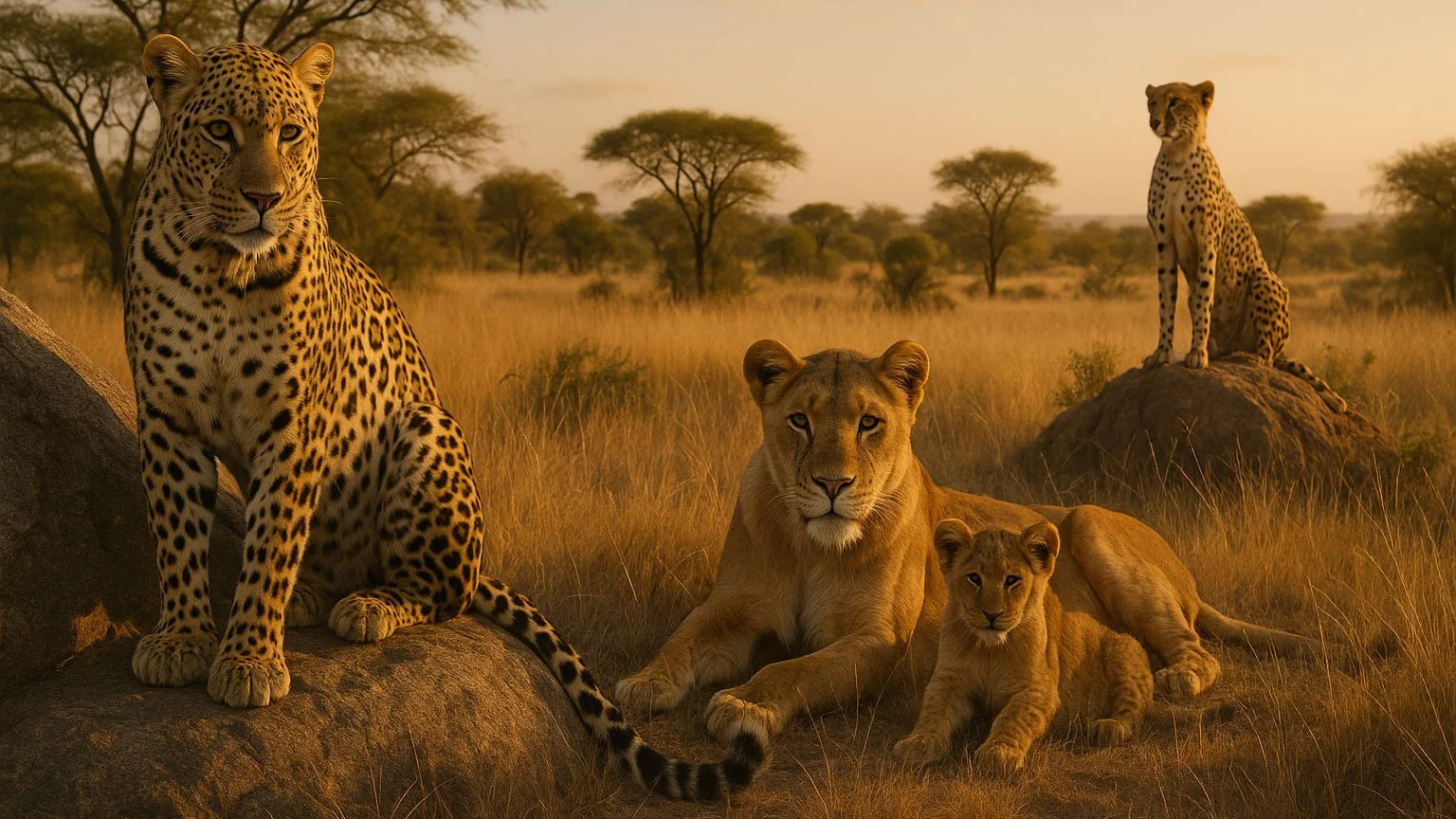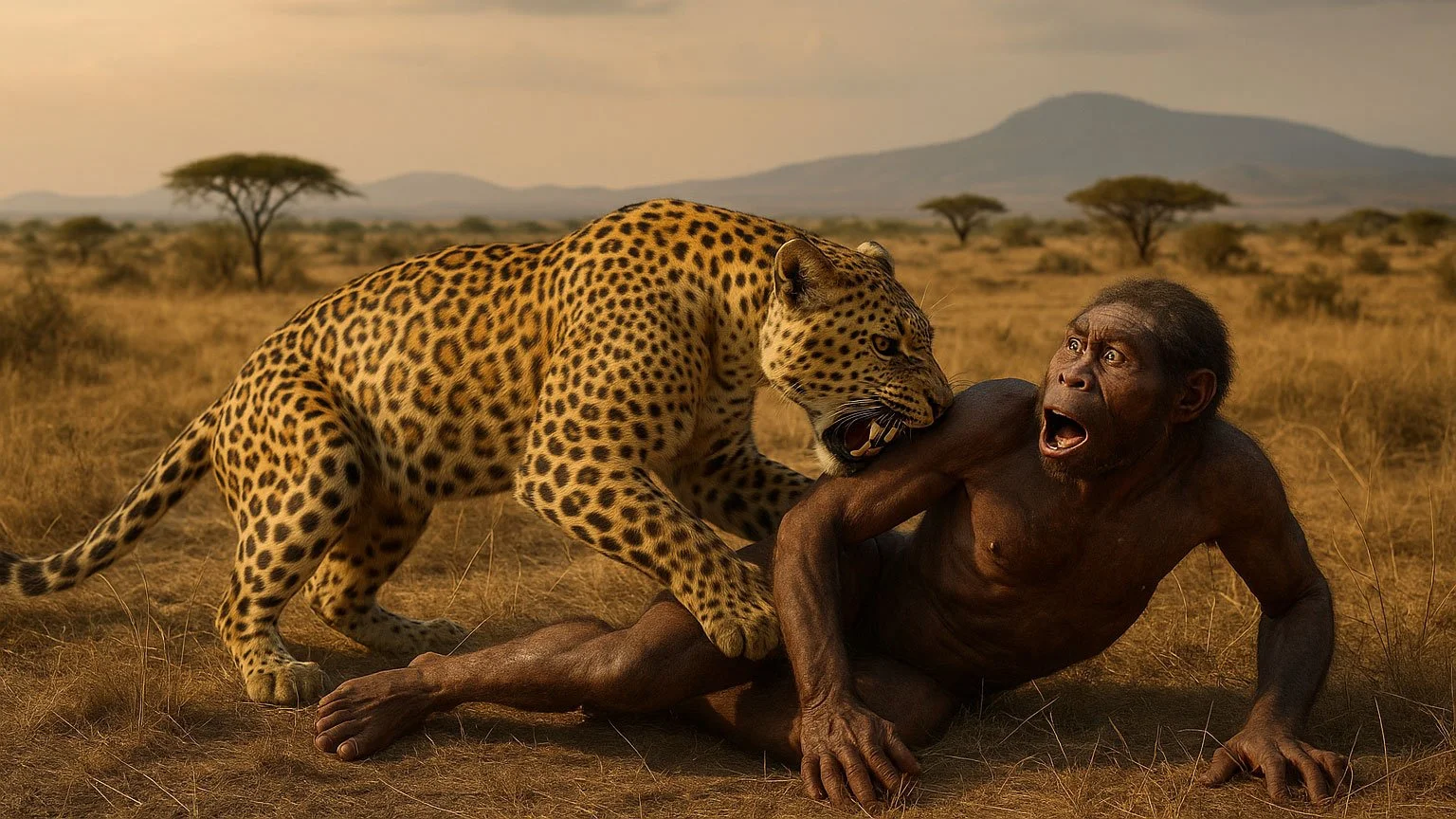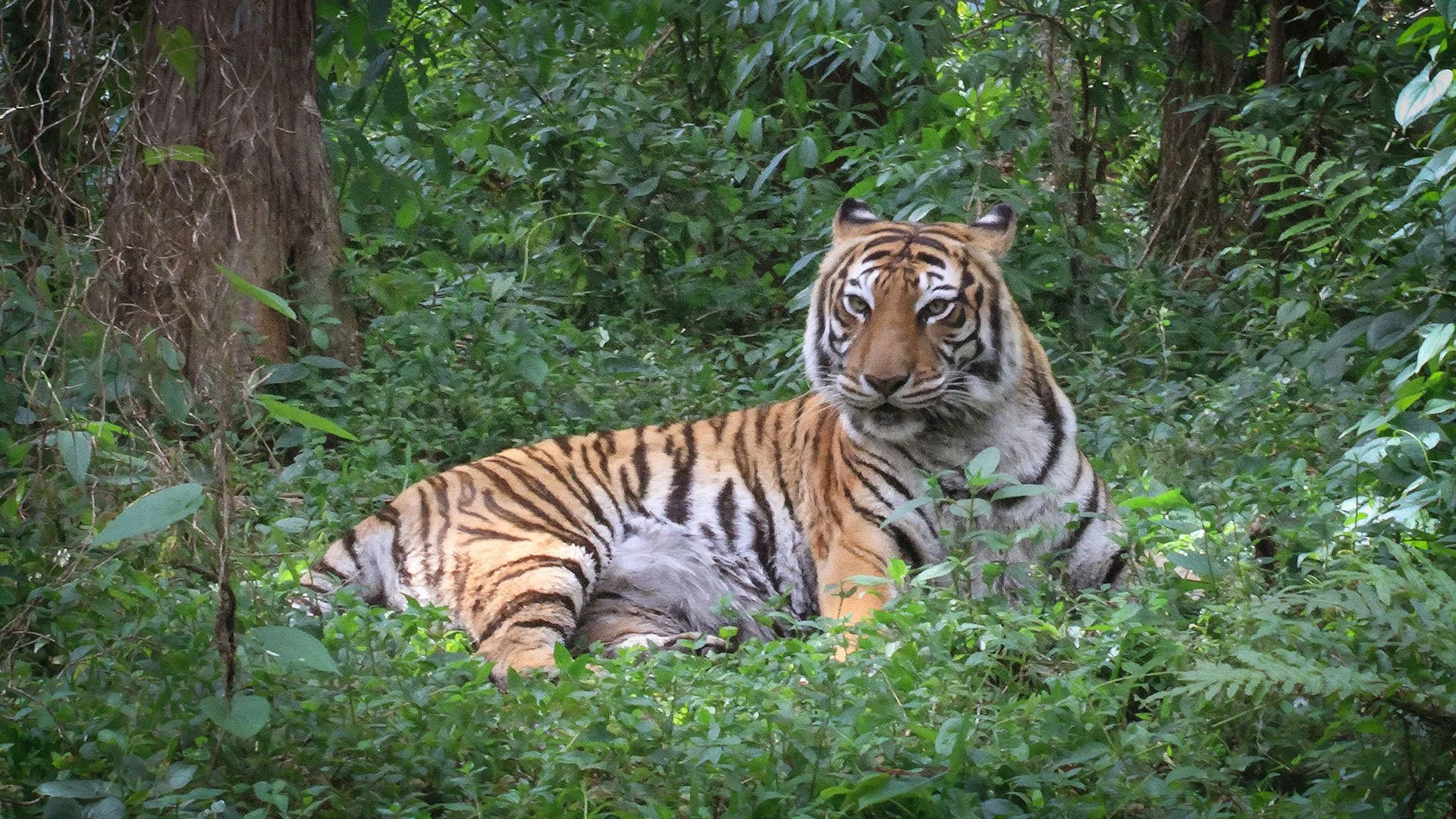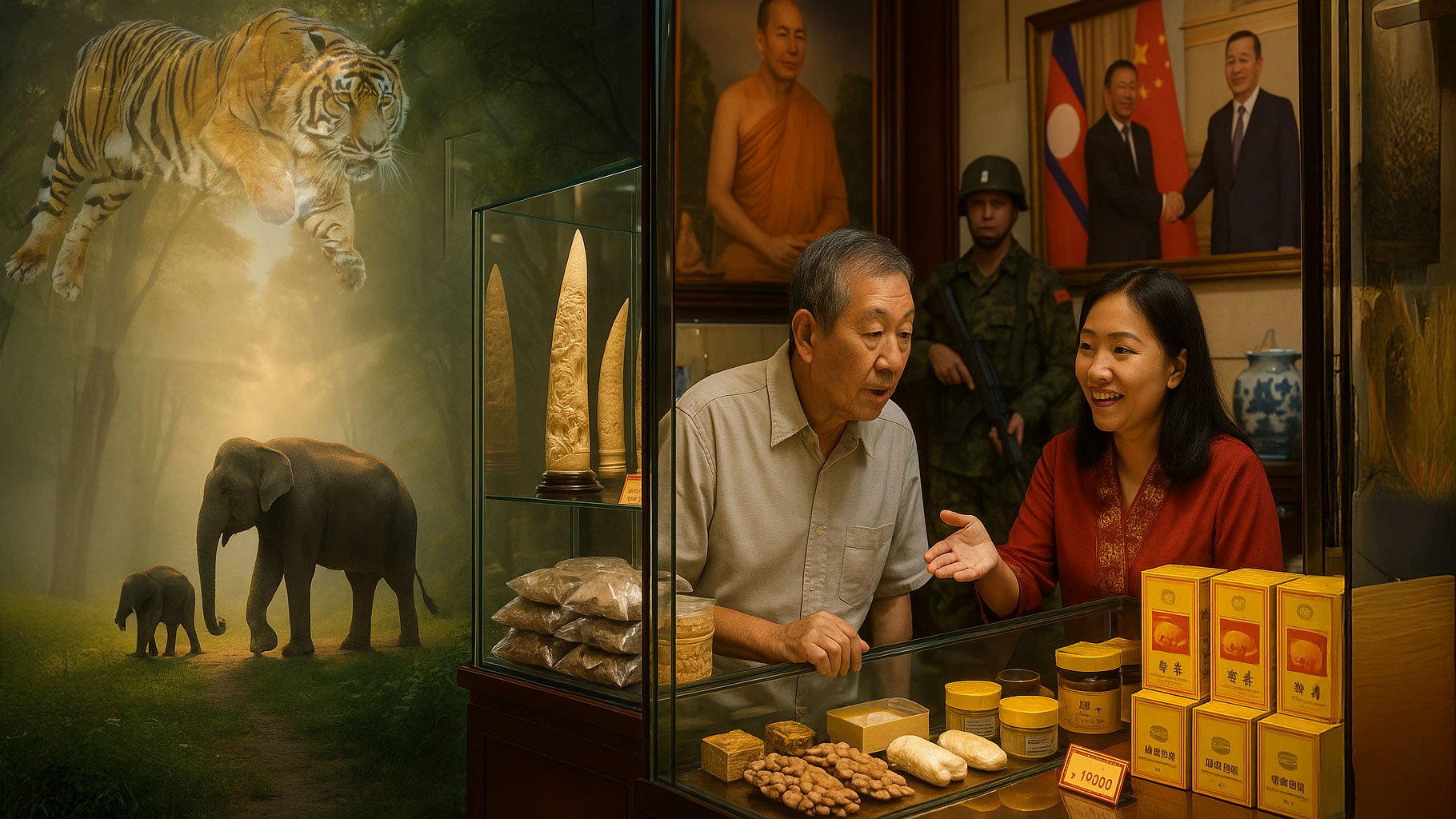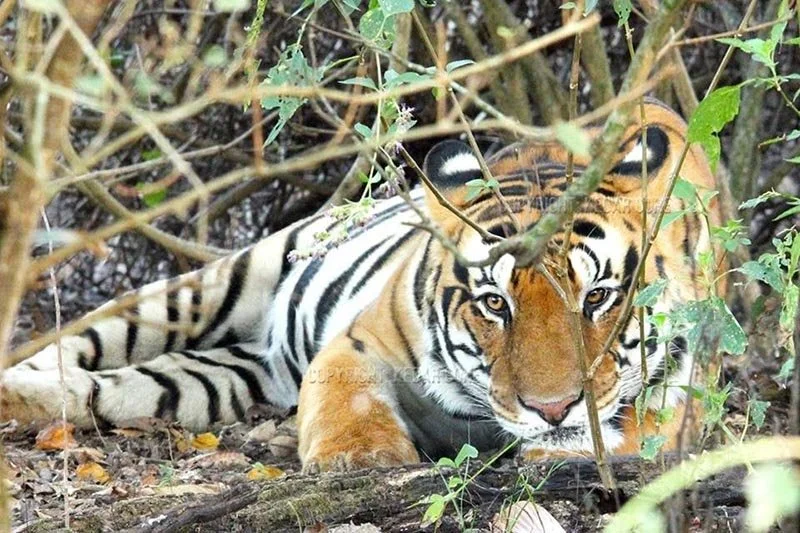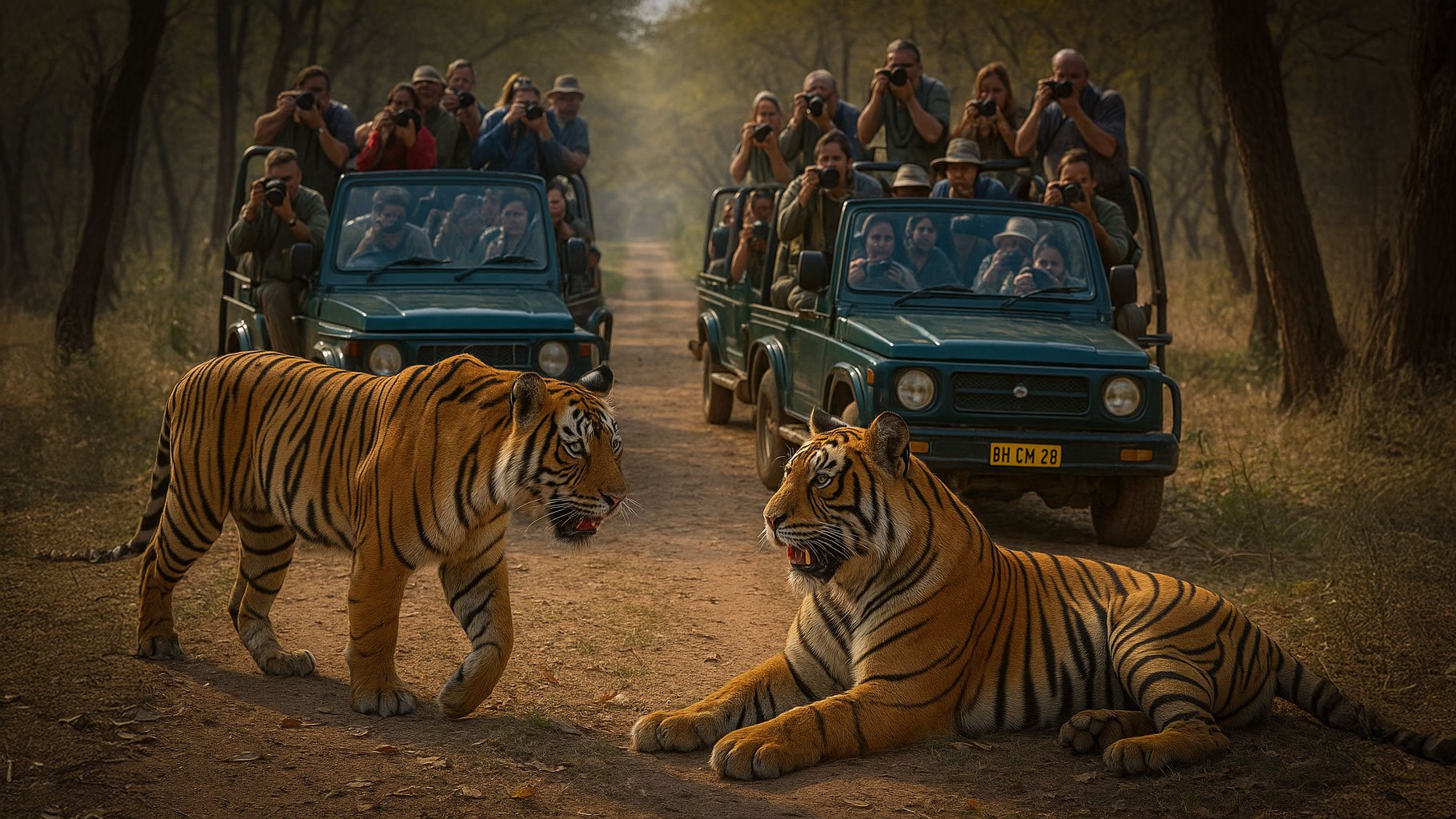Vanishing Shadows: How North Korea’s Black Market Wildlife Trade Threatens the Future of Wild Cats and Their Kin
In the rugged mountains and shadowy forests of North Korea, where the DMZ acts as an unintended wildlife sanctuary, one might imagine a haven for elusive species like the Amur leopard or the ghost-like Amur tiger. But the reality painted by a new study from University College London is far grimmer. Behind the bamboo curtain lies an urgent and heartbreaking crisis—an illegal wildlife trade that is decimating North Korea’s biodiversity, threatening to erase wild species from the map and push the region’s fragile ecosystems beyond recovery.
It’s a story few people know, and even fewer are willing to tell.
This in-depth investigation, conducted between 2021 and 2022, draws from interviews with defectors—including former hunters and wildlife traffickers—and paints a rare, candid portrait of a nation where wild animals are simultaneously state assets, black market commodities, and desperate food sources for a population grappling with poverty.
The State Behind the Slaughter
North Korea is not merely a passive actor in this crisis—it is an orchestrator.
The government operates wildlife farms, including bear bile farms, where Asiatic black bears are caged and exploited for their gallbladders. These facilities mirror those in China and South Korea, where bile is extracted for traditional medicine. But this state involvement runs deeper. Long-tailed gorals and Eurasian otters, both legally protected under North Korean law, are being harvested and funneled into domestic uses and international black markets, particularly to China.
State-sanctioned hunters often turn over furs to the government while selling meat and other parts to underground networks. The dual system allows the state to profit while also turning a blind eye to unsanctioned trafficking—especially when survival is at stake.
Survival at a Cost
North Korea's economic collapse in the 1990s, followed by a famine that killed hundreds of thousands, fundamentally altered its relationship with wildlife. People turned to forests, rivers, and mountains for sustenance. Wild meat, pelts, and body parts became currency in a desperate economy.
Although the country’s situation has improved marginally, the hunger for wildlife has not stopped.
Today, nearly every native mammal over half a kilogram in weight has been hunted to some degree. The sable—a sleek, valuable mammal once prized for its luxurious fur—is likely functionally extinct in North Korea. Deer are heavily overhunted, while rare and iconic species like the Amur tiger and Amur leopard, which are making fragile comebacks in adjacent parts of China and Russia, are at risk the moment they cross the border.
This widespread exploitation not only devastates local populations but also acts as a barrier to regional biodiversity recovery. The Korean Peninsula is a critical land bridge between ecosystems. If North Korea remains hostile territory for wild species, recovery across Asia is impeded.
China’s Complicity
China is the largest market for North Korean wildlife products—wild meat, pelts, and parts used in traditional medicine—and its demand fuels this crisis. Much of this trade violates China’s own obligations under international conventions like CITES and UN resolutions. Yet, enforcement remains inconsistent.
Researchers have called upon China to reduce domestic demand and pressure North Korea diplomatically. But wildlife advocacy must extend beyond politics—it must become a global responsibility.
Why This Matters to Wild Cats
Although this study highlights gorals, otters, and bears, its implications reach further. Carnivores are apex predators—keystone species whose presence ensures balance in the ecosystem. When they vanish, the chain collapses.
Amur leopards and tigers, among the rarest cats on Earth, roam the forests along the China–North Korea border. They rely on healthy prey populations and intact habitats. If these vanish under the weight of illegal hunting and habitat exploitation, the cats will follow.
It is not just a North Korean problem. It is a planetary one.
A Call to Global Guardianship
Big Cat Rescue exists to ensure that the majesty of wild cats lives on—not just in memory, but in the forests, mountains, and savannas of the world. As North Korea’s forests fall silent, we must raise our voices.
Support laws that prevent wildlife trafficking. Say no to traditional medicines that exploit wild species. Urge your government to put pressure on nations that turn a blind eye to the wild animal trade. Share these stories. Fund legitimate conservation groups working on the ground to protect biodiversity in Asia.
The stakes have never been higher.
The Light in the Darkness
This is a grim tale, but it need not end in despair. Hope lies in awareness. In action. In connection.
When you choose to care—when you support Big Cat Rescue—you help ensure that Amur tigers still prowl snow-covered forests, that wild gorals leap across rocky crags, and that a child's future holds the chance to see these animals not in a zoo, but in the wild where they belong.
Read more: https://phys.org/news/2025-05-north-korea-illegal-wildlife-threatens.html


